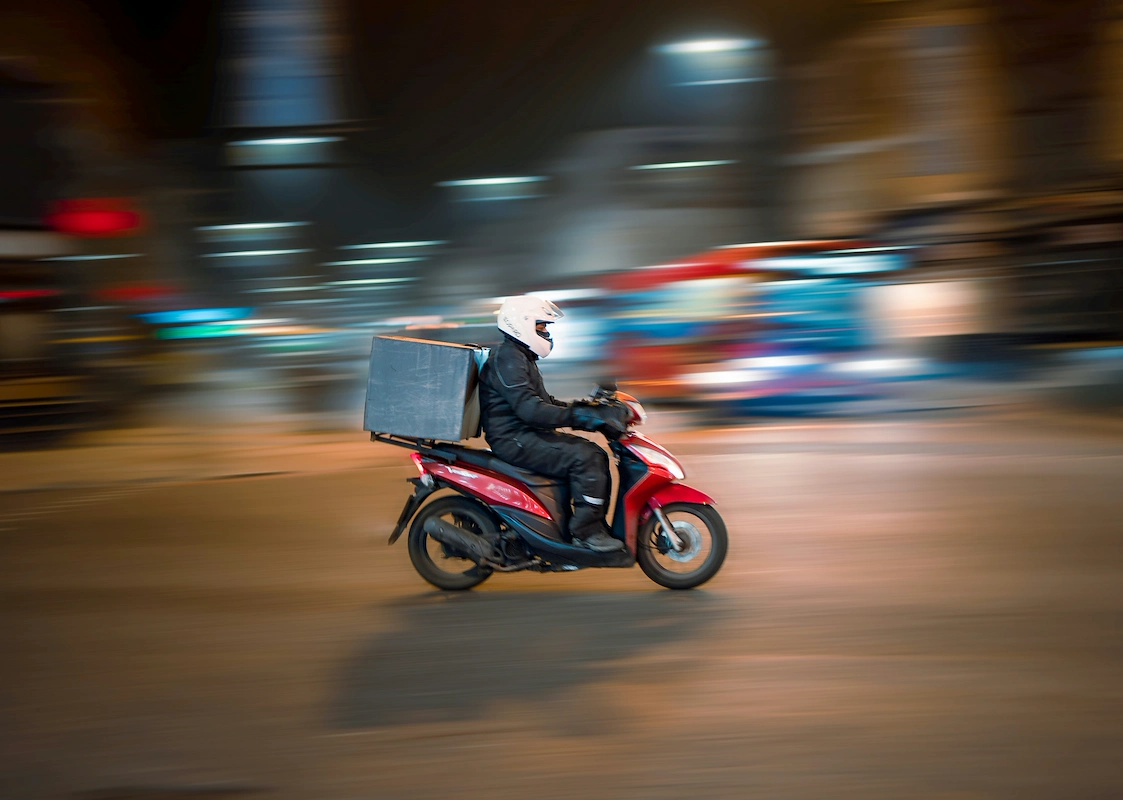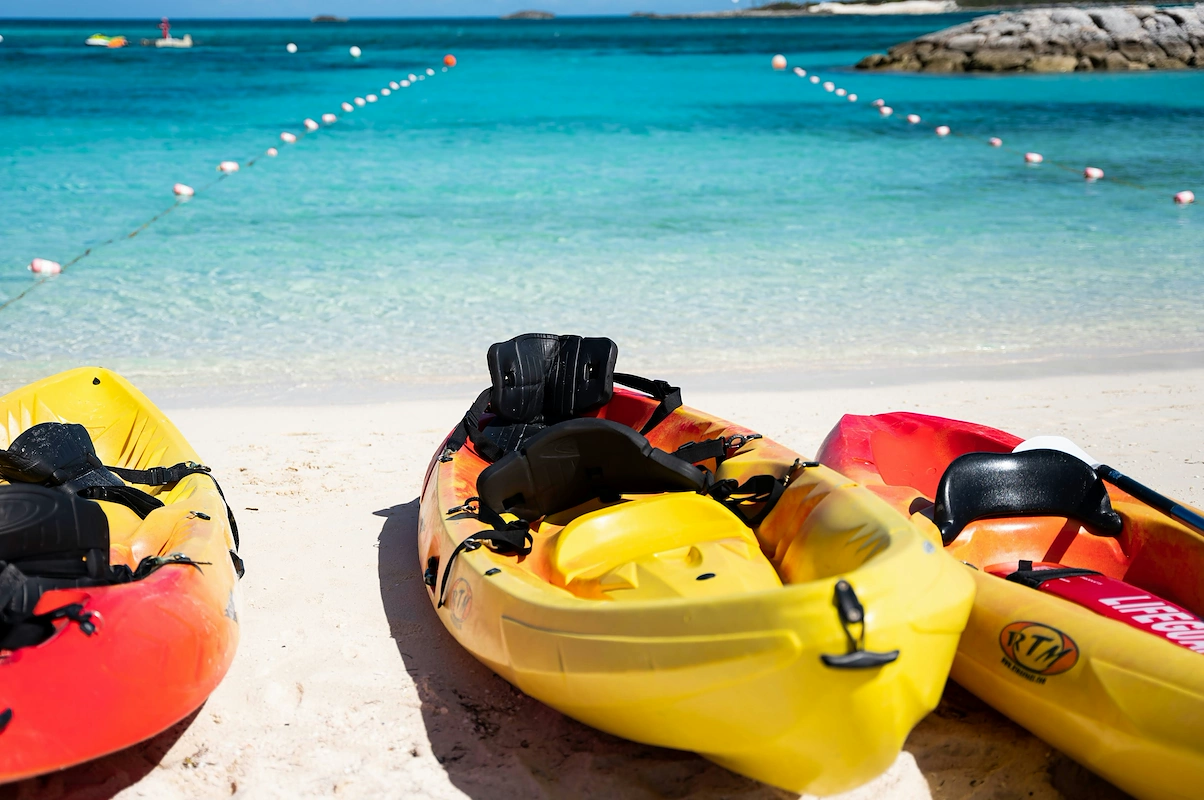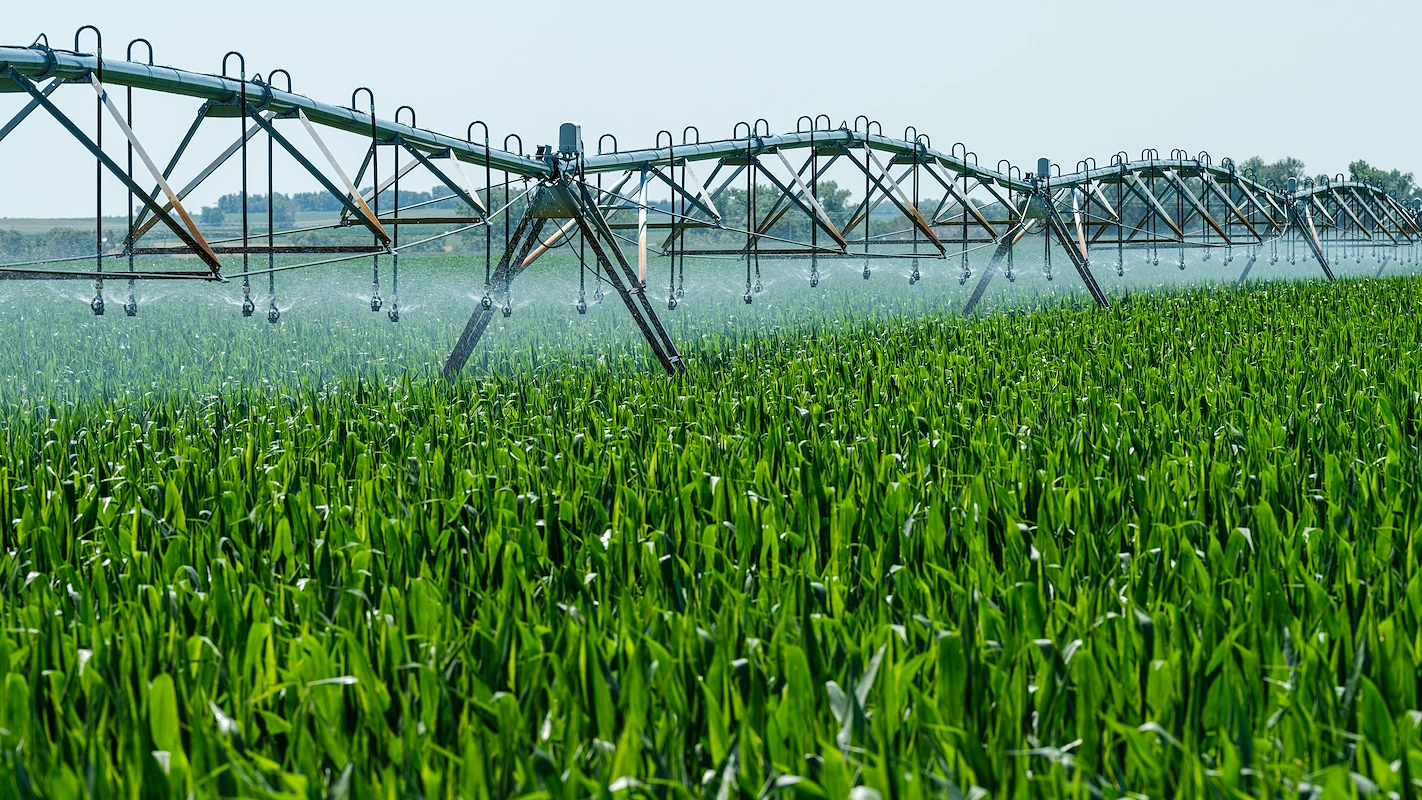Starting a food delivery business is an exciting venture where a passion for food and logistics meets sharp business savvy. The online food delivery market is a multi-billion dollar industry, fueled by steady demand from busy professionals, families, and students.
This guide will take you through the practical steps of validating your business concept, obtaining necessary licenses, acquiring the right equipment, and building supplier relationships to help you launch a successful food delivery business in the U.S.
Step 1: Plan your business and validate your idea
Conduct local market research
Start by defining your delivery zone with specific zip codes. Use Google Trends to gauge local search volume for food delivery. Then, survey at least 10-15 local restaurant managers to understand their current delivery challenges and what they would pay for a better service.
Analyze your competition
Identify every delivery service in your target area, from giants like Uber Eats to smaller local operations. Note their delivery fees, restaurant partners, and average delivery times. Many new owners only watch the big players, but a small local competitor might reveal a more immediate threat or opportunity.
Estimate your startup costs
A clear budget prevents surprises. Your initial investment will likely range from $2,000 to $5,000, not including a vehicle. Key expenses include:
- Licensing and Permits: $300 - $1,000 for business registration and local permits.
- Insurance: $1,200 - $2,400 annually for commercial auto and liability coverage.
- Equipment: $50 - $200 per driver for professional-grade insulated delivery bags.
- Initial Marketing: $500 - $2,000 for launch promotions and materials.
Here are 3 immediate steps to take:
- Survey 10 local restaurants about their current delivery solutions.
- Map out the delivery fees and restaurant lists for the top 3 competitors in your zone.
- Create a detailed startup budget based on the cost estimates above.
Step 2: Set up your legal structure and get licensed
Choose your business structure
You'll want to register as a Limited Liability Company (LLC). This structure protects your personal assets if the business faces legal issues. It also offers pass-through taxation, which simplifies your tax filings compared to a corporation.
Many new owners start as a sole proprietorship to save money, but this leaves your personal finances exposed. The LLC filing fee, typically $50 to $500 depending on your state, is a worthwhile investment for liability protection.
Secure your licenses and permits
With your legal structure in place, you can get the required paperwork. The specific permits depend on your state and city, but a few are standard across the board. You will need a federal tax ID, state registration, and local permits.
- Federal EIN: Get an Employer Identification Number from the IRS website. It is free and you receive it immediately. You need this to open a business bank account.
- State Business Registration: File your LLC with your state’s Secretary of State. This officially creates your business entity.
- Local Business License: Your city or county requires a general business operating license. Costs and processing times vary, so check your local government’s website.
- Food Handler's Permit: A frequent oversight is forgetting this. Your local health department will require drivers to have a food handler’s permit, which often costs $10-$20 and can be completed online.
Here are 4 immediate steps to take:
- Decide between an LLC and a sole proprietorship for your business structure.
- Apply for a free Employer Identification Number (EIN) on the IRS website.
- Contact your city clerk’s office to ask about the cost of a general business license.
- Research your local health department’s requirements for food handler permits.
Step 3: Secure your insurance and manage risk
Protecting your business starts with the right insurance. You will need a few specific policies to operate safely. Your personal auto insurance will not cover accidents during deliveries, so a commercial auto policy is your first priority. This is a frequent oversight that can be financially devastating.
Key insurance policies
A commercial auto policy with at least $1 million in liability coverage is standard. Expect annual premiums between $1,200 and $2,400. Also, you should get a general liability policy, which covers non-vehicle accidents like a customer tripping over your delivery bag. This typically costs $400 to $700 annually.
If your drivers use their own vehicles, you must add Hired and Non-Owned Auto coverage. This protects your business if they have an accident. Once you hire employees, you will also need a Workers' Compensation policy, which is required in most states.
Find a specialized provider
You might want to work with insurers who understand the food delivery industry. Consider providers like Next Insurance, Progressive Commercial, or CoverWallet. They can bundle policies and often provide better rates than a general agent who may not grasp risks like food contamination or property damage claims.
Here are 4 immediate steps to take:
- Request a quote for a $1 million commercial auto policy.
- Ask an agent about adding Hired and Non-Owned Auto coverage.
- Get quotes from at least two specialized providers like Next Insurance or Progressive Commercial.
- Review your personal auto policy to confirm it excludes business use.
Step 4: Secure your space and equipment
You do not need a retail storefront. A small dispatch space of 150-300 square feet in a commercial or light industrial zone works well. Check your city’s zoning map for "C-1" or "C-2" classifications, which typically permit this type of operation.
A frequent misstep is signing a long lease too soon. You might want to propose a 12-month lease with an option to renew. This gives you flexibility if you need to expand or relocate. Landlords are often open to this if you explain your business model.
Get the right gear for your drivers
With your space sorted, you can focus on equipment. Your drivers' gear directly impacts food quality and service speed. Plan to spend between $65 and $160 per driver for their initial setup.
- Insulated Delivery Bags: $30 - $80 per bag. Look for professional-grade bags from suppliers like WebstaurantStore.
- Vehicle Phone Mounts: $15 - $30 each for safe, hands-free navigation.
- Portable Power Banks: $20 - $50 each to keep phones charged on long shifts.
Some owners try to save money with low-quality bags, but this can damage your reputation with restaurants and lead to cold food complaints. Professional gear signals reliability.
Here are 3 immediate steps to take:
- Check your city’s zoning map for C-1 or C-2 commercial zones.
- Price out professional insulated bags on WebstaurantStore.
- Prepare questions for landlords about 12-month lease options.
Step 5: Set up your payment processing
Choose your payment solution
First, decide how you will get paid. You can either invoice restaurants weekly for all completed orders or collect payment directly from the customer upon delivery. Many new owners overlook transaction fees, which can quickly reduce thin profit margins.
You will want a payment solution with transparent, low rates and fast access to your funds. Average commission rates from other providers can be as high as 2.9% plus a fixed fee, so it pays to compare your options carefully.
For deliveries that need payment on-site, JIM offers a streamlined solution. With JIM, you can accept debit, credit and digital wallets directly through your smartphone - just tap and done. No extra hardware is needed.
At just 1.99% per transaction with no hidden costs, it's particularly useful for cash-on-delivery orders where a customer decides to pay by card. Getting started is straightforward.
- Get Started: Download JIM app for iOS.
- Make a Sale: Type the sales amount, hit sell, and ask your customer to tap their card or device on your phone.
- Access Funds: Your money is available right on your JIM card as soon as the sale is done - no waiting for bank transfers.
Here are 3 immediate steps to take:
- Decide if you will invoice restaurants or collect payment from customers.
- Compare the transaction fees of two to three payment solutions.
- Download the JIM app to see if it fits your on-the-go payment needs.
Step 6: Fund your business and manage finances
Secure your startup capital
Most new owners look to SBA Microloans. These range from $500 to $50,000 with interest rates between 8-13%. You will need a solid business plan and a good credit score to qualify. Many people overlook this option, thinking it is only for larger businesses.
If you need funds faster, online lenders like Accion Opportunity Fund offer small business loans. Approval can take just a few days, but expect higher interest rates. You should also plan for at least $5,000 to $10,000 in working capital for your first six months.
Set up your financial systems
Once you have funding, open a dedicated business checking account immediately. A frequent misstep is mixing personal and business finances. This creates tax headaches and puts your personal assets at risk if your business is sued.
To track every dollar, you might want to use accounting software. A program like QuickBooks Self-Employed helps you monitor cash flow and categorize expenses for tax time. It costs around $15 per month and simplifies year-end filing.
Here are 4 immediate steps to take:
- Check your credit score and review the SBA Microloan application.
- Calculate your estimated working capital for the first six months.
- Open a business checking account separate from your personal funds.
- Compare the features of QuickBooks Self-Employed with another accounting option.
Step 7: Staff and run your operations
Hire your core team
Your first hires will be Delivery Drivers. They are the face of your business. Plan to pay a competitive wage, typically $15-$20 per hour plus tips. Beyond a clean driving record, ensure each driver obtains a food handler’s permit to comply with health regulations.
Many new owners misclassify drivers as independent contractors to save on taxes. This can lead to costly IRS penalties. You might want to classify them as employees to avoid legal issues and use a payroll service to manage withholdings correctly.
Once you have more than three or four drivers, consider hiring a part-time Dispatcher. This person manages order flow and is the main point of contact for restaurants. A starting salary is often between $40,000 and $50,000 annually for a full-time role.
Set up your dispatch system
Efficient operations depend on good software. A dispatch platform like Onfleet or Tookan helps you assign orders and optimize routes. Monthly plans often start around $150 and scale with your number of tasks. For staff scheduling, you can start with a free program like Homebase.
A good benchmark for capacity is that one driver can handle about two to four deliveries per hour, depending on your delivery zone's density. Use this figure to project how many drivers you need for peak hours, like the dinner rush from 6 PM to 9 PM.
Here are 4 immediate steps to take:
- Draft a job description for a Delivery Driver, including pay and required permits.
- Research the IRS rules for classifying workers as employees versus contractors.
- Sign up for a free trial of a dispatch software like Onfleet or Tookan.
- Calculate your driver needs for a typical Friday night dinner service.
Step 8: Market your service and get customers
Many new owners make the mistake of marketing to diners before they have restaurants on board. Your first customers are the restaurants themselves. You need to convince them to partner with you before you can serve anyone else.
Create a simple one-page sales sheet. It should clearly show your delivery zone, your commission or fee structure, and why you are a better choice than the competition. This is your primary tool for signing up partners.
Once you have a few restaurant partners, you can start to attract diners. Set up a Google Business Profile immediately. This makes you visible on Google Maps when people search for food delivery in your area.
You might want to use hyper-local social media ads. On Facebook, you can target users within your specific delivery zip codes for as little as $10-$20 per day. A realistic Customer Acquisition Cost (CAC) in this space is between $15 and $40 per new diner.
Here are 4 immediate steps to take:
- Draft a one-page sales sheet detailing your fees and delivery zone.
- Set up and verify your free Google Business Profile.
- Create a list of 20 local restaurants to approach first.
- Outline a Facebook ad campaign with a daily budget of $15.
Step 9: Develop your pricing strategy
Your pricing model directly impacts profitability. Most services use a commission model, charging restaurants 15% to 30% of the order subtotal. A rate around 20% is a competitive starting point. Some new owners price too low to win business, but this makes it hard to cover costs.
Alternatively, you could offer a flat-fee structure, like $7 per delivery. This is simple for restaurants, but you earn less on large orders. A hybrid model, like a 15% commission plus a $2 customer fee, splits the cost and can be an attractive compromise for partners.
Set your rates based on costs
Before you finalize a price, calculate your exact cost per delivery. Add driver pay, fuel, insurance, and software fees. Aim for a net profit margin of 10-15% after all expenses. If your total cost is $8, your price must be higher to be sustainable.
With this in mind, create a simple rate sheet with two options. This gives restaurants a sense of control. For example:
- Standard Tier: A 20% commission on the order subtotal, with no other fees for the restaurant.
- Hybrid Tier: A 15% commission, plus a $2 delivery fee passed to the customer.
Here are 4 immediate steps to take:
- Calculate your total cost for a single delivery, including all overhead.
- Analyze the pricing models and fees of your top two competitors.
- Decide if a commission, flat-fee, or hybrid model fits your business best.
- Draft a simple rate sheet with two pricing tiers to show restaurants.
Step 10: Maintain quality and scale your operations
Set your quality standards
Your reputation depends on consistent service. You should track three key metrics: on-time delivery rate (aim for over 95%), order accuracy (above 98%), and customer satisfaction. A simple post-delivery text survey can help you monitor satisfaction scores, which should stay above 4.5 out of 5 stars.
Many new owners focus only on speed. However, restaurants will drop you if orders are consistently wrong or incomplete. Regular check-ins with your restaurant partners about order accuracy are a good practice to maintain those relationships.
Know when to grow
Once your quality is consistent, you can plan for growth. A key signal to hire another driver is when your team operates at 80% capacity during peak hours for two consecutive weeks. This prevents service decline from overworked drivers.
To manage a larger team, you will need robust software. As you scale past five drivers, look into the advanced route optimization and performance analytics features in platforms like Onfleet or Tookan. They help you manage more deliveries without a drop in efficiency.
Here are 4 immediate steps to take:
- Define three key performance indicators (KPIs) for your drivers.
- Create a simple customer feedback survey to track satisfaction.
- Set a driver capacity threshold that will trigger your next hire.
- Review the advanced analytics features of your dispatch software.
You now have a clear path to launch your food delivery service. Remember, speed is important, but your relationships with restaurants are your foundation. Build trust with them first. With a solid plan in place, you are ready to take the first step on this exciting journey.
As you get started, you'll need a simple way to handle payments. JIM turns your phone into a card reader for a flat 1.99% fee, with no extra hardware. It makes on-site payment simple. Download JIM to get your payment system sorted.















